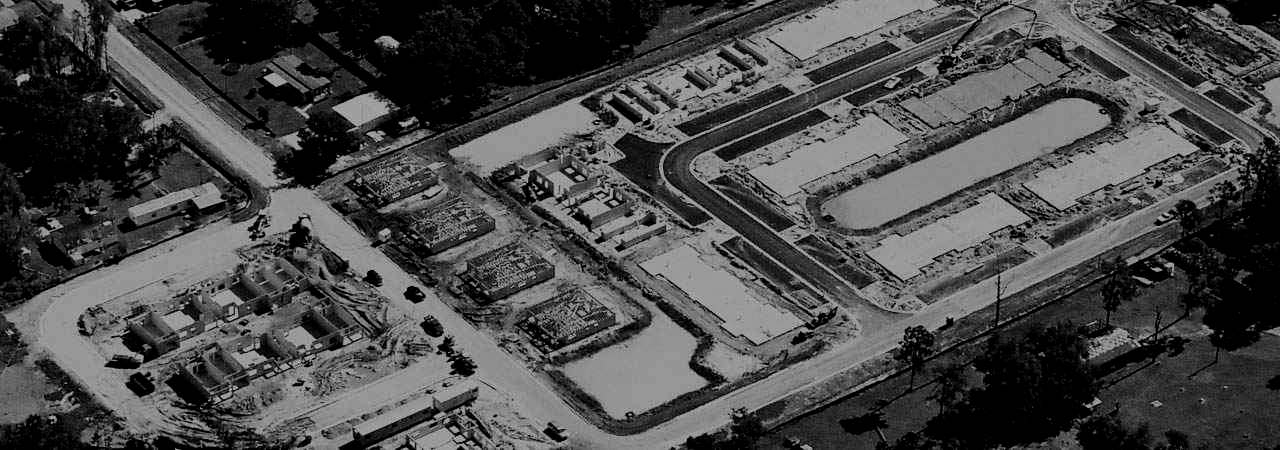The 1990’s

“Sometimes it’s hard to believe all this,” said Robert Torres, on the eighth day after Hurricane Andrew ripped across our Everglades Labor Camp. “I think every day — how are we going to do it. How are we going to start over?” For a week, migrant workers and field hands found themselves at the end of relief lines and isolated. In the wake of a Category 5 storm that destroyed 63,000 homes, 82,000 businesses, 31 public schools and left 175,000 homeless, it took a week for a sense of order to fall into place. But start over we did.
In the 150 days that followed, construction equipment cut in roads and utilities, 934 mobile homes were tied-down and those we serve had a semblance of home. Having saved the day a decade earlier and no longer satisfied to manage local government’s ramshackle labor camp, Rural Neighborhoods’ leadership amassed $40M and asserted its vision – we will rebuild! In summer 1994 (and the summers thereafter) new dreams were built. Homes, a community center and health clinic, childcare, neighborhood retail, playgrounds and parks took shape phase after phase.
Under the leadership of committed volunteers and staff, our 120-acre Everglades Village emerged as a national award-winning rural neighborhood – a true place to call home.
In 1992 beginning anew amid a field of twisted aluminum siding and broken two-by-fours, our endurance had been tested. But we found a new calling. Seeing an unmet need for quality, affordable housing in other small towns and rural places throughout Florida we asked ourselves: could extraordinary work be done to impact lives and revitalize disadvantaged communities in ordinary times – in the absence of a disaster? Uncertainty was widespread – but a willingness to spur change for other working families was greater. In the waning weeks of 1998, Rural Neighborhoods broadened its reach and set its sights on rebuilding impoverished areas in Immokalee. It was to be our initial venture outside Miami-Dade. It would not be our last.